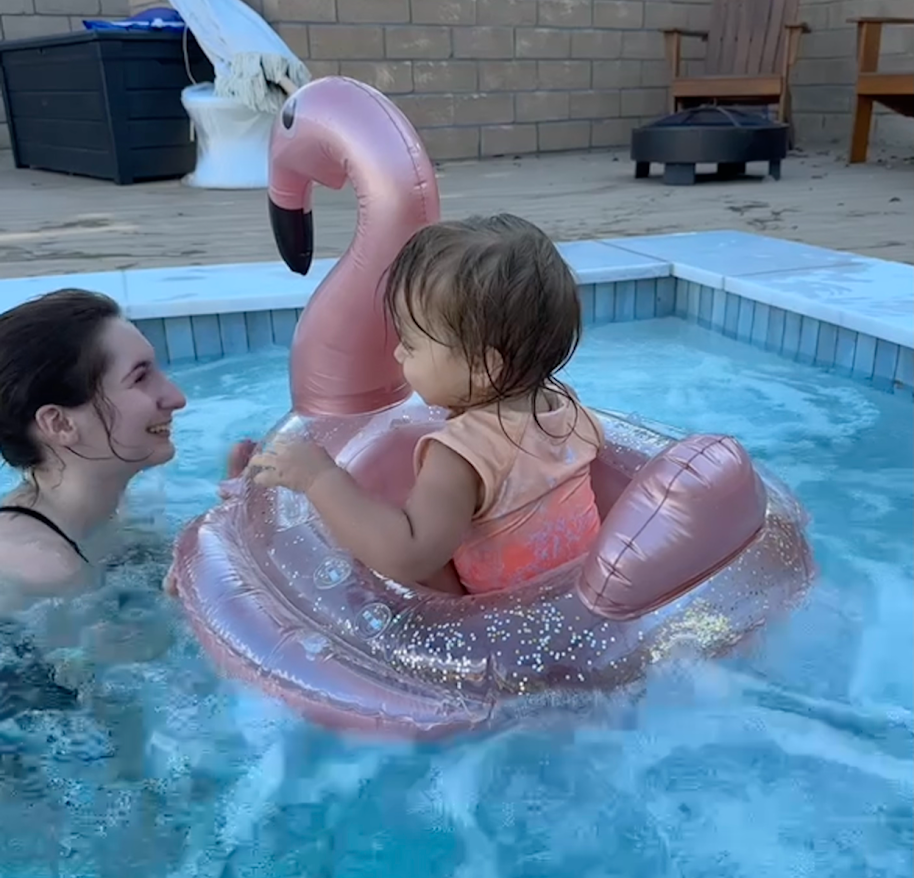Water safety is a vital concern for individuals of all ages, but it becomes especially critical when considering the protection of young children from the dangers of drowning. According to the World Health Organization (WHO), drowning ranks as the third leading cause of unintentional injury death globally, with children under the age of five facing the highest risk. Understanding the importance of water safety and implementing proactive measures can significantly reduce these tragic accidents.
Constant supervision is paramount in ensuring the water safety of young children. It is alarming to note that children can drown in as little as 2 inches of water. Therefore, it is essential to maintain a vigilant watch over them whenever they are in or around water, whether it be a pool, bathtub, or even a bucket. Designating a dedicated “water watcher” when children are swimming can help ensure that someone is always focused on their safety.
Another crucial aspect of water safety for young children is providing them with swimming lessons. While swimming lessons cannot entirely eliminate the risk of drowning, they can significantly reduce it. Even infants can benefit from water familiarization classes, which can teach them essential skills such as holding their breath underwater and floating on their backs.
In addition to supervision and swimming lessons, implementing appropriate safety measures is imperative. This includes having fences around pools, installing alarms on doors leading to pools, and ensuring that children who are not strong swimmers wear life jackets. These precautions can provide an additional layer of protection and help prevent accidents.
If you really don’t know how to swim there won’t be any real signs. It only takes a few seconds.”
— Cesar Diaz (12)
It is also crucial for parents and caregivers to be aware of the signs of drowning, as they can be different from what is often portrayed in the media. “In movies, usually they’re splashing above the water and kicking to stay afloat,” Cesar Diaz (12) shares his experience, “but if you really don’t know how to swim there won’t be any real signs. It only takes a few seconds.” Drowning is typically a silent event, as the victim is often unable to call for help or wave their arms. Instead, they may appear to be staring blankly, gasping for air, or trying to swim but not making any progress. Recognizing these signs can enable swift action to prevent a tragedy.
Water safety is vital when it comes to protecting young children from drowning. By supervising, teaching swim lessons, and implementing safety measures, we can greatly reduce drowning risks for children in and around water. These proactive steps not only prevent accidents but also ensure that everyone can enjoy a fun and safe time in the water.





































Anjeli W. • Feb 26, 2024 at 8:18 PM
I think that childhood water safety education should definitely be more common. Thank you for writing about this pertinent issue!